If you’re looking forward to Glorious Goodwood 2025 — or any race at Goodwood, really — this is the place to start. Because let’s face it: Goodwood is no ordinary track, and betting on it like you would at Newmarket or Ascot? Big mistake.
I’ve walked through enough form guides (and probably made enough poor bets) to know that understanding Goodwood’s quirks is essential if you want to give yourself a proper edge. So, whether you’re here for the Goodwood Cup, sprint handicaps, or maiden fillies with pedigree worth more than your house, let’s break this place down properly.
What makes Goodwood so unique?
First things first — Goodwood is weird. Beautiful, but weird. Unlike many racecourses in the UK, it isn’t oval or even remotely circular. Instead, it’s a right-handed course shaped like a spoon that’s been through a dishwasher one too many times.
- Straight track for 5f, 6f and 7f races, but not flat. It undulates.
- Sharp turns for middle-distance races — horses need to handle bends and downhill gallops.
- Strong pace bias: You’ll often see front-runners staying on, especially in sprints.
There’s no hiding it: horses that like a rhythm and a straight line might hate this place.
And that’s where you come in — as a punter, this track rewards knowledge. It punishes laziness. It’s why articles like this one I wrote about Galway matter — because Galway, like Goodwood, is another of those “horses for courses” tracks where the surface and layout change the game.

The draw bias at Goodwood: myths and truths
Let’s talk about the draw. If you’ve ever been burned by a well-fancied favourite drawn high in a 5f sprint, welcome to the club. Goodwood’s draw bias is one of the most talked-about in racing.
Here’s what you need to know:
📏 5f and 6f races:
- The track is straight, but low draws often hold a clear advantage.
- Stalls are usually placed stands side, so horses drawn near the rail can dominate.
- In big fields, pace bias matters too — being close to the early speed can outweigh draw.
🧭 7f and up:
- These races involve turns, so positioning and tactical speed start to matter more.
- At 1m and beyond, the draw bias evens out, though being handy is still a plus.
If you want to bet wisely, study previous results at the exact distance and field size. Goodwood is full of little patterns that only reveal themselves to those who bother digging.
| Distance | Field Size | Low Draw Win % | Middle Draw Win % | High Draw Win % |
|---|---|---|---|---|
| 5f | 12+ | 48% | 30% | 22% |
| 6f | 12+ | 43% | 34% | 23% |
| 5f | <12 | 40% | 36% | 24% |
🧠 Note: These are indicative figures based on the last 5 seasons. The advantage of low draws increases with bigger fields.

Tactical battles: not just about the horse
When you bet at Goodwood, you’re not just backing a horse — you’re backing a plan. This course demands tactical nous:
- Gate speed is vital: Horses who break quickly and can get into a rhythm near the front often do best.
- Hold-up horses need luck: If you’re coming from the back, you’ll need gaps at the right time — and Goodwood isn’t always generous with those.
- Keen-goers struggle: Horses that fight the jockey or dislike downhill turns often fade badly.
I’ve seen plenty of “good things” beaten here because they simply didn’t handle the course. That’s why even the form of high-profile races like the Goodwood Cup can tell you more than you think. Did they travel smoothly? Were they unbalanced turning in? These things matter, and they can show you which horses are built for this track.
| Tactic | Avg SP (Odds) | Win % | Place % |
|---|---|---|---|
| Front-runner | 7.2 | 22% | 46% |
| Prominent racer | 6.9 | 17% | 38% |
| Midfield | 8.6 | 11% | 30% |
| Held up | 9.8 | 7% | 21% |
📊 Source: Racing Post stats (2020–2024) for races between 5f and 1m2f at Goodwood.
Jockeys and trainers who thrive at Goodwood
Some trainers just “get” Goodwood. Others avoid it like bad ground at Ascot. Here’s who you want to keep an eye on:
- William Haggas: Loves this meeting, targets it well, especially with lightly-raced types.
- Mark Johnston (now Charlie Johnston): Historically strong at Glorious Goodwood, particularly with front-runners.
- Ralph Beckett: Excellent with fillies in maidens and novice company.
- Jim Crowley and Tom Marquand: Two jockeys who ride this track with confidence and positioning nous.
Watch for jockey-trainer combos that repeat success year after year — not just during Glorious Goodwood, but also in the later meetings of August and September.
| Trainer | Wins | Strike Rate | Notable Wins |
|---|---|---|---|
| William Haggas | 9 | 21% | 1m4f Handicaps, Fillies |
| Charlie Johnston | 8 | 18% | Front-running handicaps |
| Ralph Beckett | 7 | 19% | Maidens, Fillies |
| Richard Hannon | 6 | 14% | 2yo races |
📌 Some stables clearly target this meeting. Watch how their runners are campaigned leading up to it.

Betting angles that work — if you’re patient
Now, let’s get to the stuff you actually want: how to spot value. Goodwood is not the place to lump on odds-on shots and hope. You’ve got to dig.
💡 Things that often indicate a good bet:
- Course form: Proven performance at Goodwood really matters.
- Front-running profile: Especially over 5f–1m, if the horse can control pace, that’s gold.
- Low draw in sprints: Not always, but often.
- Unexposed 3yo handicappers: If you’ve read my piece on how to find value in handicap debutants, you’ll know this is one of the most profitable angles in racing.
But above all: patience. You don’t need to bet every race. Wait for the setup that matches your system or theory — and don’t be afraid to sit a few out.
Glorious Goodwood vs. rest of the year
It’s tempting to think Goodwood’s quirks only matter during the festival. They don’t. These angles apply all year, especially in smaller meetings when markets are a bit sleepier.
That said, during Glorious Goodwood:
- Fields are bigger.
- Pace scenarios are more chaotic.
- Ground can be firmer than usual.
So adjust your thinking. What worked in May might not in August. And don’t be fooled by a fluke winner on Tuesday — sometimes the draw opens up in one part of the track, and everyone rushes there the next day… only to find the bias has disappeared.

Final tips for betting at Goodwood
Let me leave you with a few quick reminders before you go diving into the card:
- Watch replays. Seriously, this track reveals a lot if you just spend 10 minutes watching how a horse handled it last time.
- Beware the hype. Just because a horse is trained by a big name doesn’t mean it handles Goodwood.
- Stay flexible. Weather can change rapidly — firm ground in the morning might turn Good to Soft by race time if that coastal mist rolls in.
And finally, listen to your gut. If something feels off — a favourite drawn wide, or a 3yo with one weird run at Haydock — don’t be afraid to trust your instincts.
Want to go deeper?
If you’re enjoying this kind of analysis, I recommend checking out:
- Galway Racecourse Betting Guide: Perfect for the Irish festival happening the same week as Glorious Goodwood.
- Goodwood Cup 2025 Betting Tips: My breakdown of the big stayers’ race this year.
- Understanding Handicap Races & Betting Value: A must-read if you want to find angles others overlook.
Let’s keep the conversation going
I write these guides because I love racing, betting, and helping others enjoy it a little more (and lose a little less). If you found this useful, feel free to share it or let me know what you think.
📲 You can also follow me for daily tips, previews and analysis here:
- Twitter/X: @RJosebreval
- Instagram: @insidethepaddockk
- Facebook: Inside The Paddock
- Telegram: Join the channel
Thanks for reading — and good luck if you’re having a punt at Glorious Goodwood! 🍀🏇
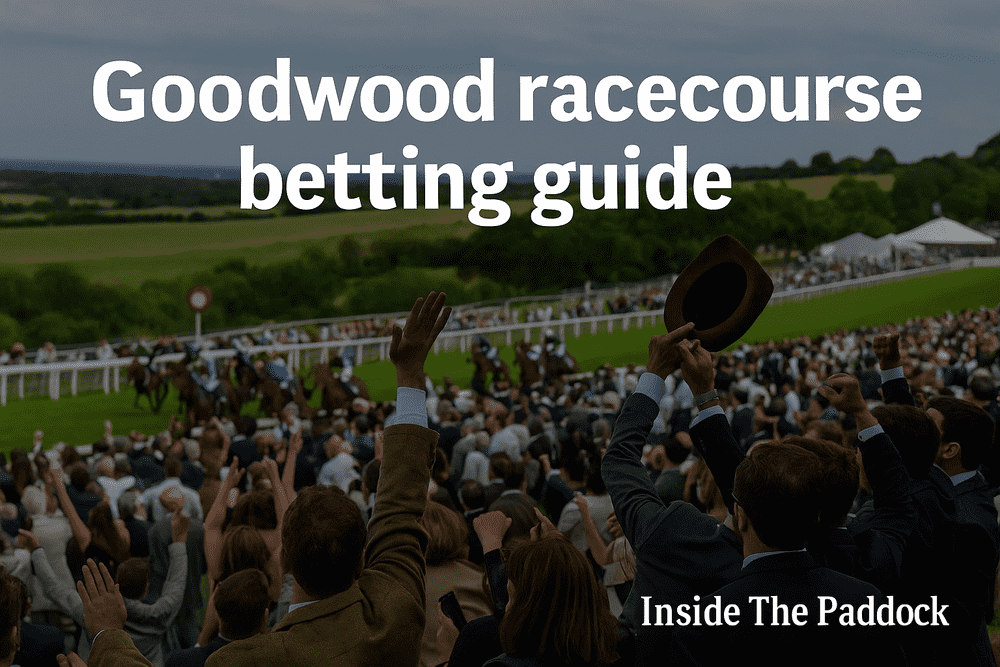
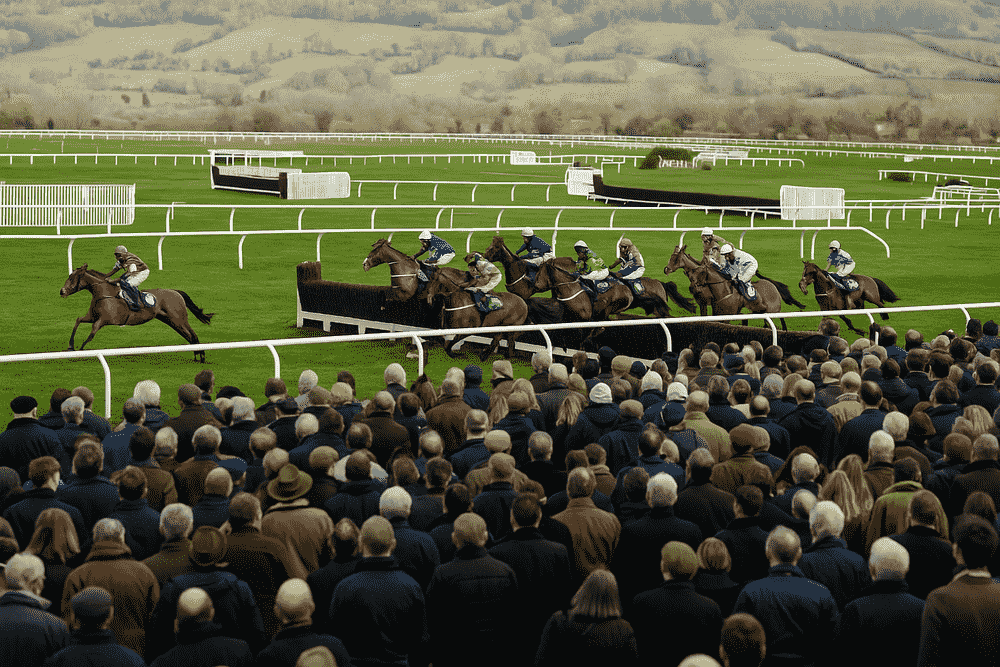
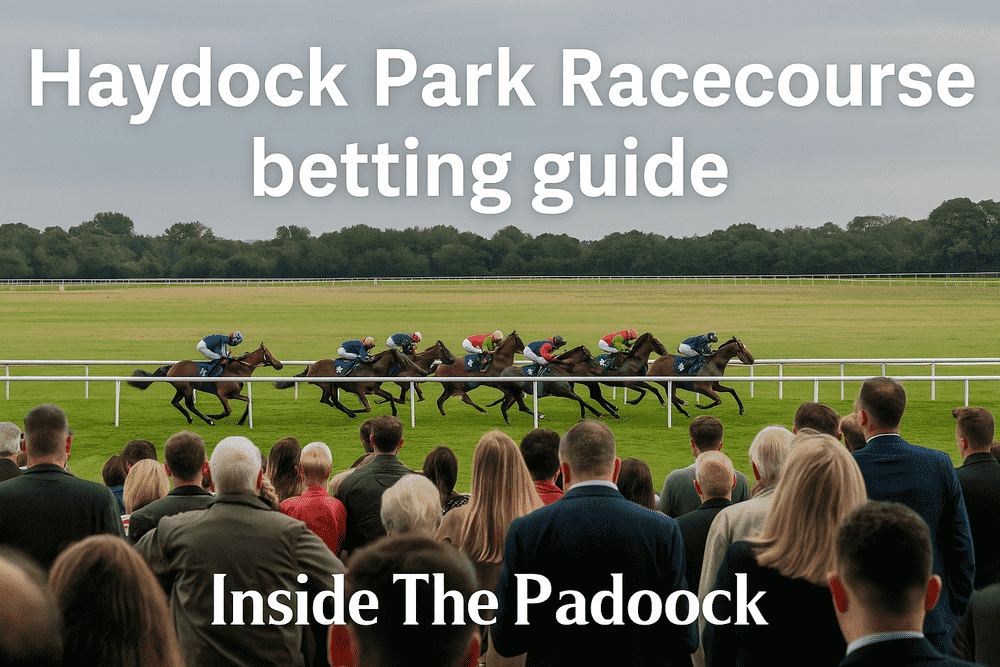


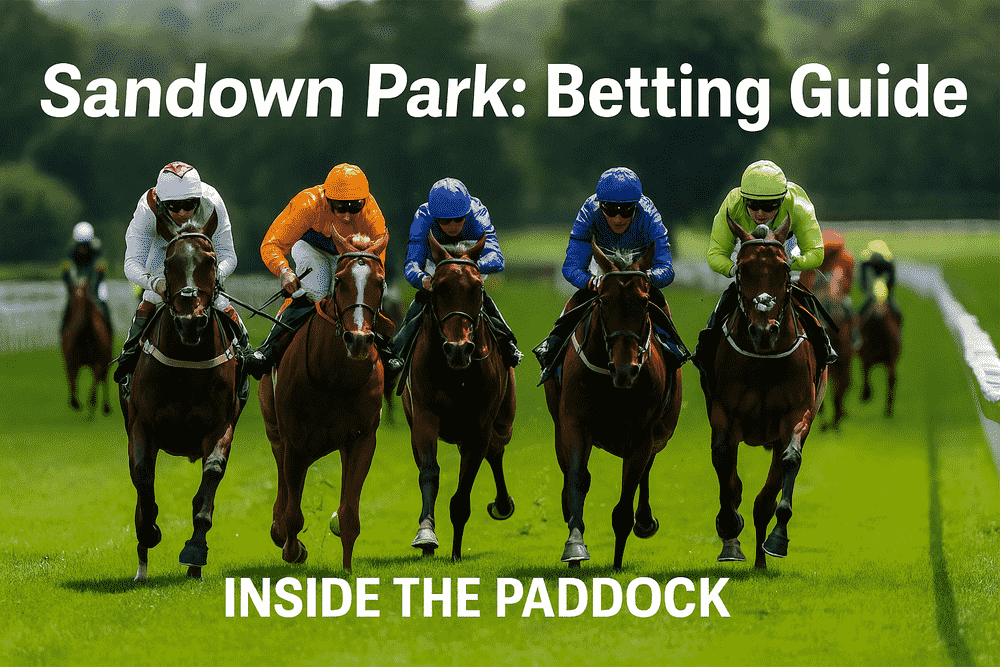
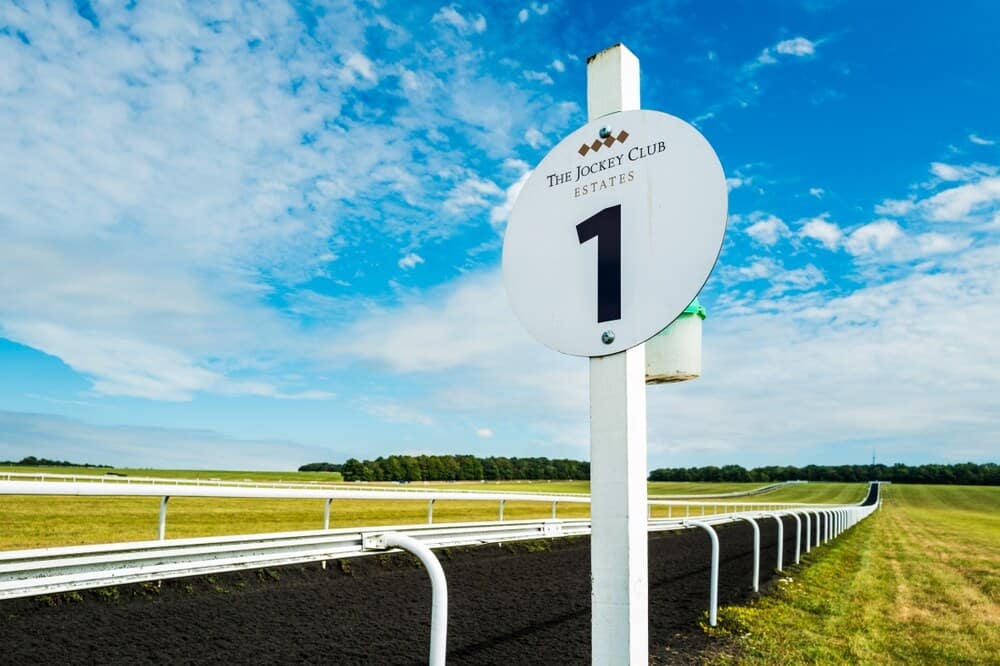
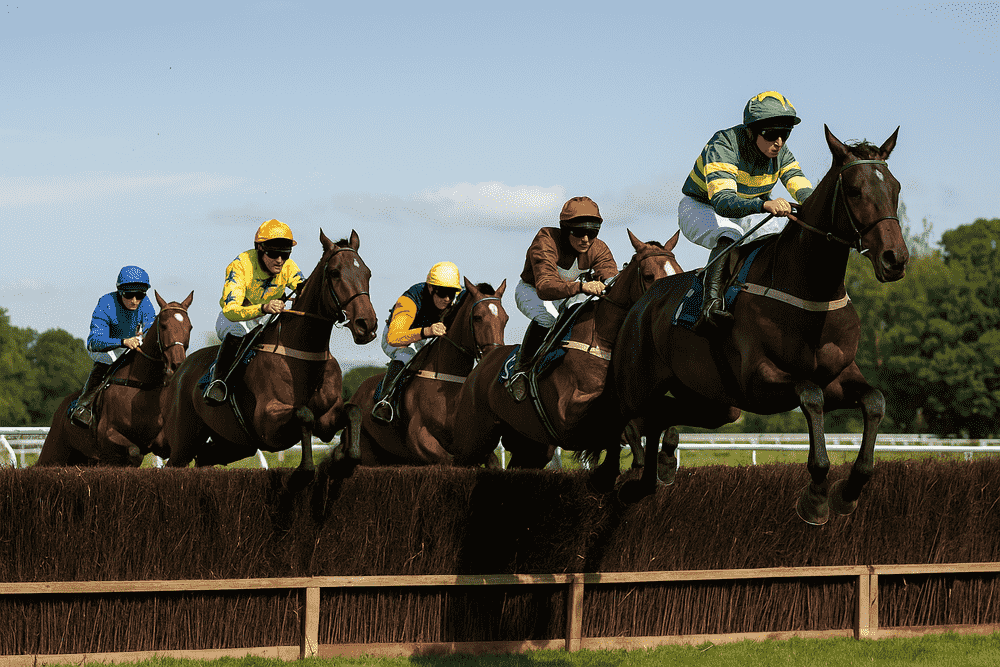
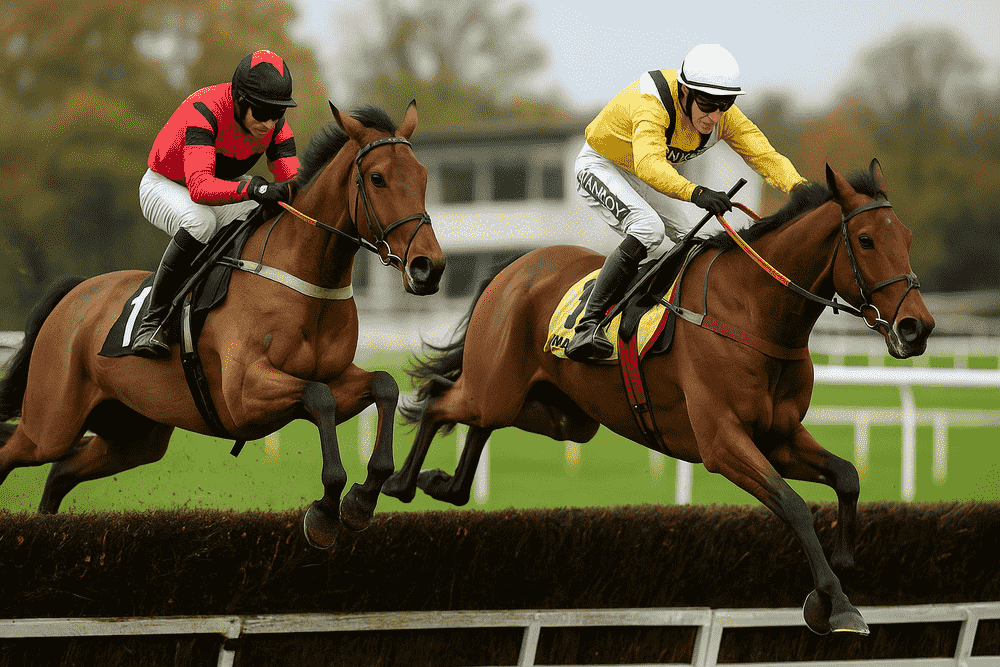
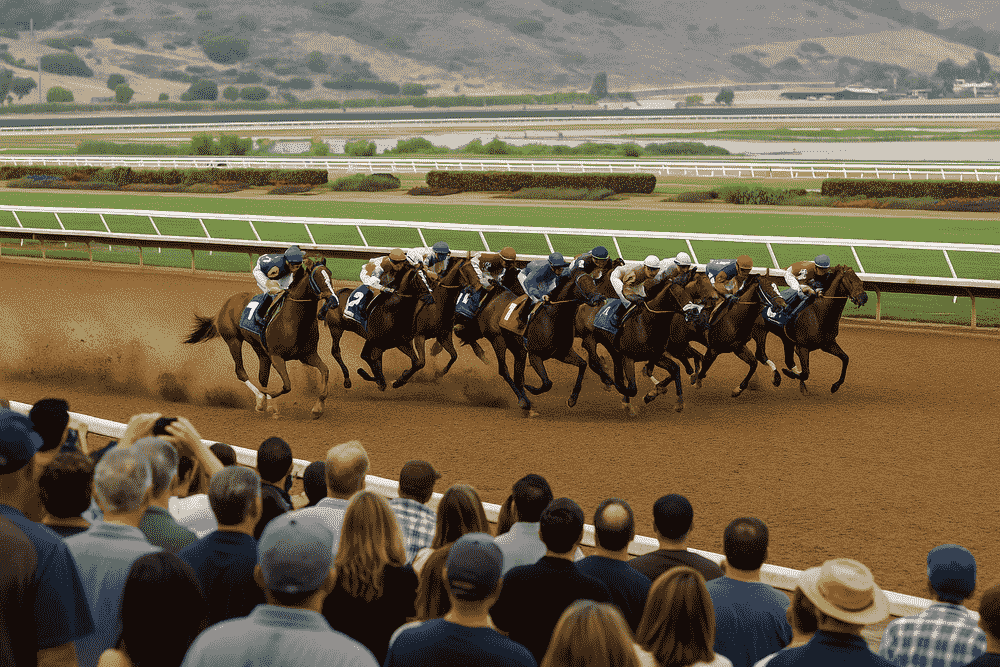
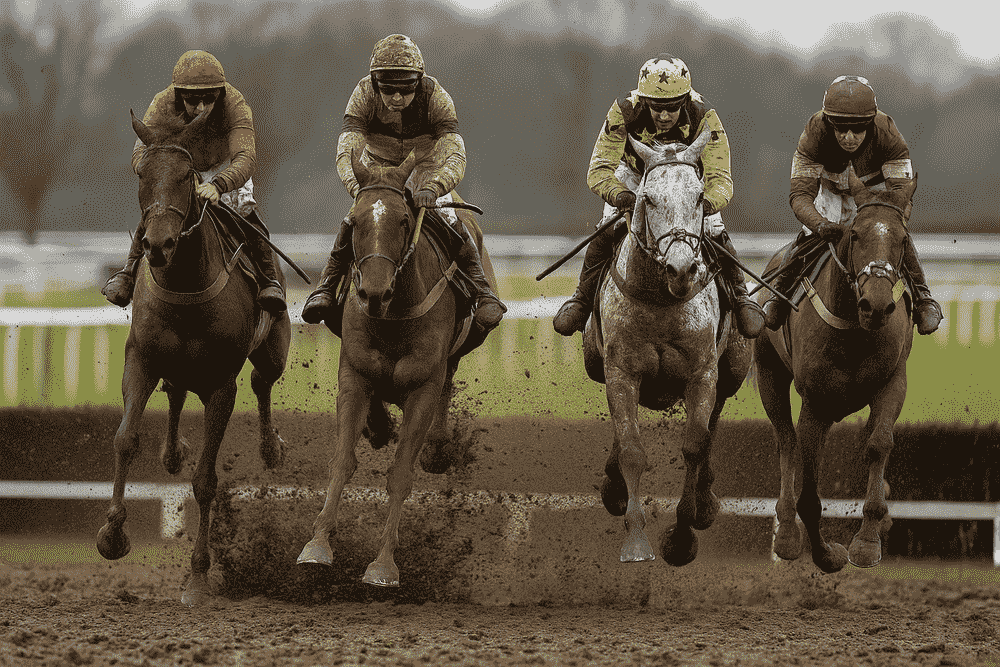
Leave a Reply